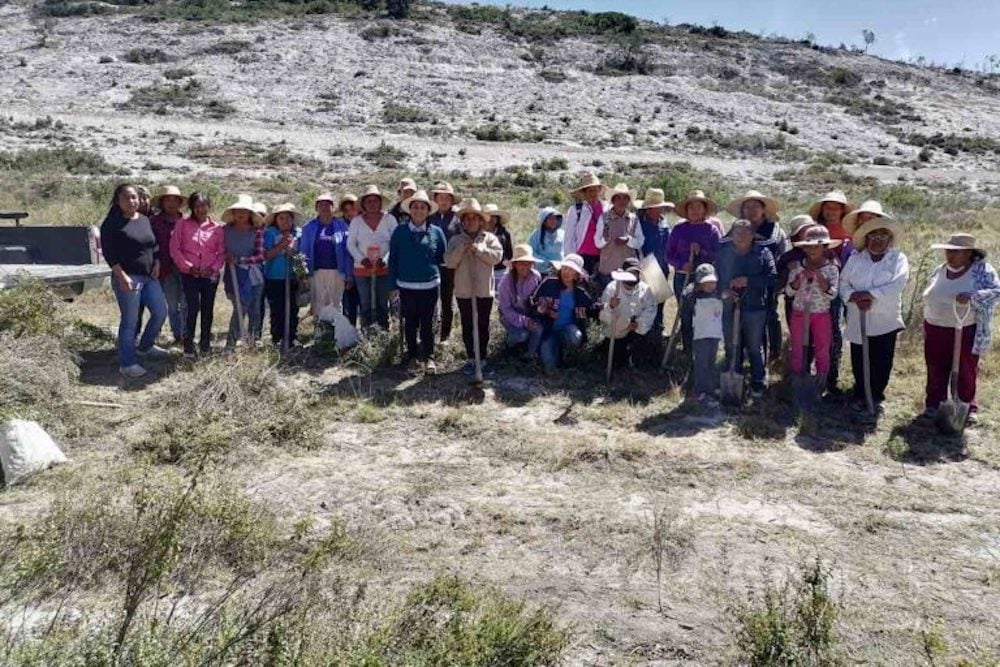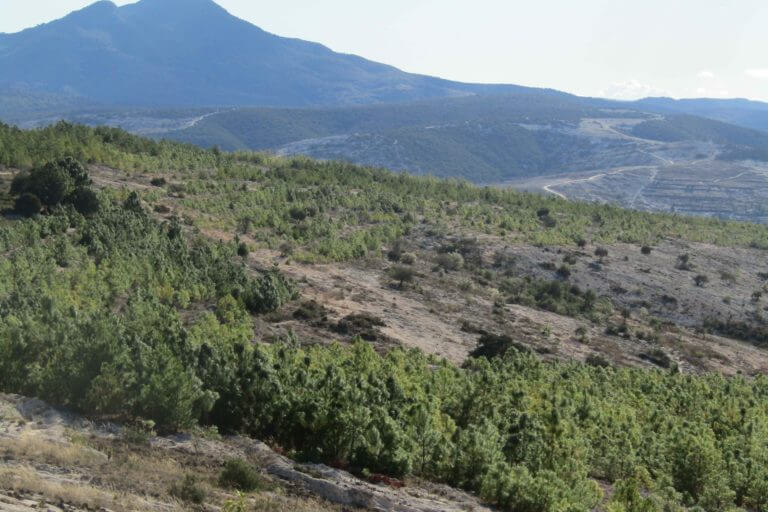Back in the ‘70s, the environmental movement was focused on preservation. The guiding principle was to leave nature alone and through protection, let natural restoration processes bring back the numbers of animals and plants that had existed in a given ecosystem before humans came along and disrupted it. However, the scientific baselines for a given species were set according to data from the pre-industrial era, without considering how much degradation and loss of biodiversity had already occurred well before industrialization and the onset of fossil fuels.
By the turn of the millennium, a small group of scientists began to view nature differently, focusing on functional ecological relationships. They considered all the different parts of a natural habitat and the complex interrelationships that influence and affect one another. Missing elements, such as the megafauna that had been hunted to extinction by humans many centuries prior, were newly regarded as critical to restoration of functional ecosystems. Rather than simply being passive protectors, humans became more active, creating practical interventions regarded as essential to effective rewilding of natural areas that otherwise were too far degraded to recover without human participation.
.jpeg?v=0)
Extreme Erosion Reversal in Oaxaca, Mexico
Loss of topsoil is a perfect example. There are large areas that have been so degraded that topsoil no longer remains, resulting in desertification. Rainfall simply runs off the rock without being captured by plants and without percolating into the underground aquifers.
For example, in Oaxaca, Mexico, a forest used to sustain a city of 100,000 Mixtec people before the Spanish arrived. Spanish colonization brought extensive goat ranching which replaced the sustainable agriculture practiced by the Mixtecs. Over the last 500 years, goats have overgrazed the plant population, causing erosion to the soil and turning this once verdant ecosystem into a desert. Eventually, a community of 2,800 people was barely able to survive as the landscape became barren of plants and was unable to retain rainwater.
-2.png?v=0)
Learning to Rewild
In the ‘70s, the government of Mexico supported reforestation efforts with the Mixteca communities by using fast growing, non-native tree species like eucalyptus from Australia. The program failed because the trees died from lack of water to sustain them. The Mixteca communities stayed with the process, however, and experimented with the help of the Mexican government that funded advice from scientists and engineers. In some areas, they used machinery to dig into the rock, creating ditches where the water could pool during heavy rainfall.
In other areas, they ground up the rock to retain moisture, replicating processes that normally take hundreds of years, to create an environment where pioneering plants specially selected for those conditions could begin to create a new habitat.
A pine species, the Gregg Pine, native to a different part of Mexico that is home to over half of the 100 pine species growing in the world, was selected because it could survive in poor soil and hot climates with minimal water. While it won’t reproduce in Oaxaca since it is not endemic to this part of Mexico, its growth nevertheless creates soil and a habitat for other native plants such as juniper and white oak that can survive beneath it. The Gregg Pine has become the pioneering species that is a “nurse” to the reestablishment of other native species.
Conflict occurred initially between some goat herding families who resisted the communities’ efforts for reforestation that restricted goat grazing on newly reforested lands. A court case went all the way to the Mexican Supreme Court in 2018, which ultimately upheld the right of the communities to protect reforestation from grazing, setting an important precedent for all of Mexico.
Every year now, the communities target new areas to be replanted for reforestation. Before, Mixteca people migrated out of the community because of water scarcity. Now that water security has been restored, the communities are growing again as families are able to economically sustain themselves.

All hands on deck
Over the past two decades, planting has spread from experimentation with an initial 10-20 hectares (24 to 49 acres) a year to over 800 hectares (nearly 2,000 acres) in some communities alone. Annual projects begin during the dry season with preparing the land to capture rainwater by digging trenches and then progresses to planting trees during the rainy season. Entire communities take part in the planting with a festival-like atmosphere where even the children pitch in by carrying the plants to the planters. Two meals are served daily to encourage everyone to participate.
What began as desperation for water in shrinking communities has now evolved into a revitalization of livelihoods with forest-related, non-timber products bringing new opportunities for revenue. For example, fruit orchards and other sustainable industries are increasingly supporting local families.
 In the meantime, squirrels, weasels, snakes, birds and bats have returned. New juniper bushes are springing up beneath the pines as coyotes spread the seeds via their scat (feces). Nature is taking over the restoration process after getting the initial help from humans that was required.
In the meantime, squirrels, weasels, snakes, birds and bats have returned. New juniper bushes are springing up beneath the pines as coyotes spread the seeds via their scat (feces). Nature is taking over the restoration process after getting the initial help from humans that was required.
Now known as the Chocho-Mixtecas Community Alliance, 25 communities are involved in reforesting over 20,000 hectares (49,000 acres) which is about the size of three Manhattan islands. With international recognition for their immense achievements, the Alliance was selected in June 2021 by the Secretary of Environment and Natural Resources (SEMARNAT) and the U.N.’s Food and Agriculture Organization (FAO) to host the World Day to Combat Desertification and Drought.
All images courtesy of the Coixtlahuaca Commissioner.



1 comment
Together4trees Kenya is a community-based non-profit organization that focuses on environmental conservation in Nyeri, Kenya. The mission of together4trees Kenya is to enhance and expand our Schools and urban forest by teaching the people of our community to plant and care for trees.
together4trees Kenya is interested in partnering with you to catalyze transformative change and develop sustainable enterprises, build climate resilience. I’m looking forward to building mutual working relationships with you in Kenya.